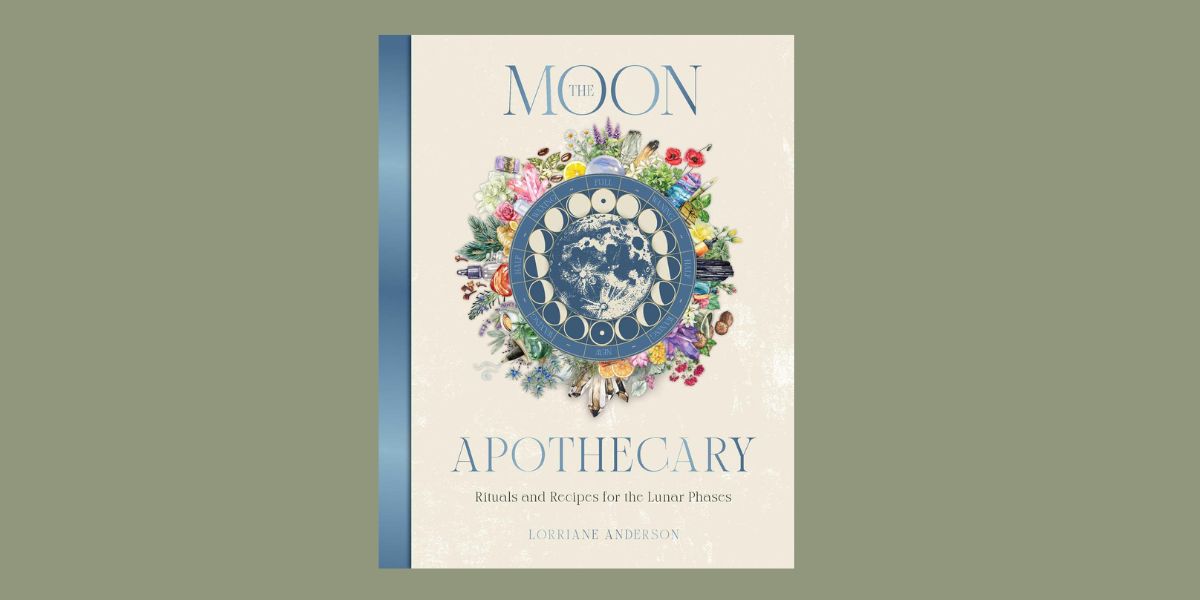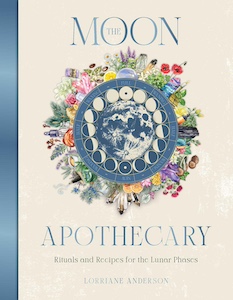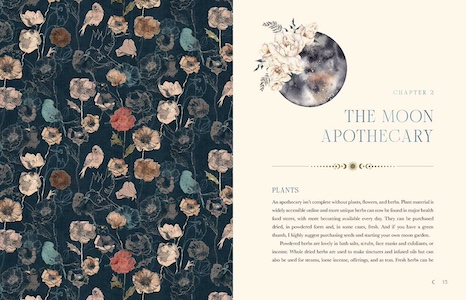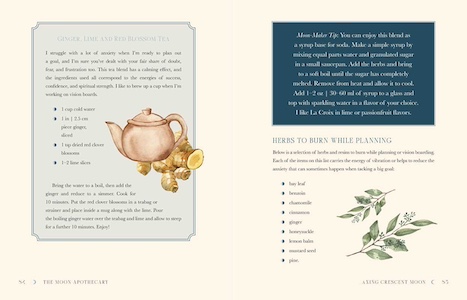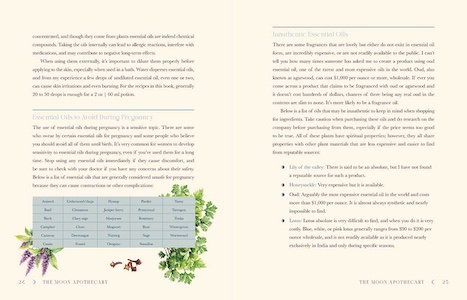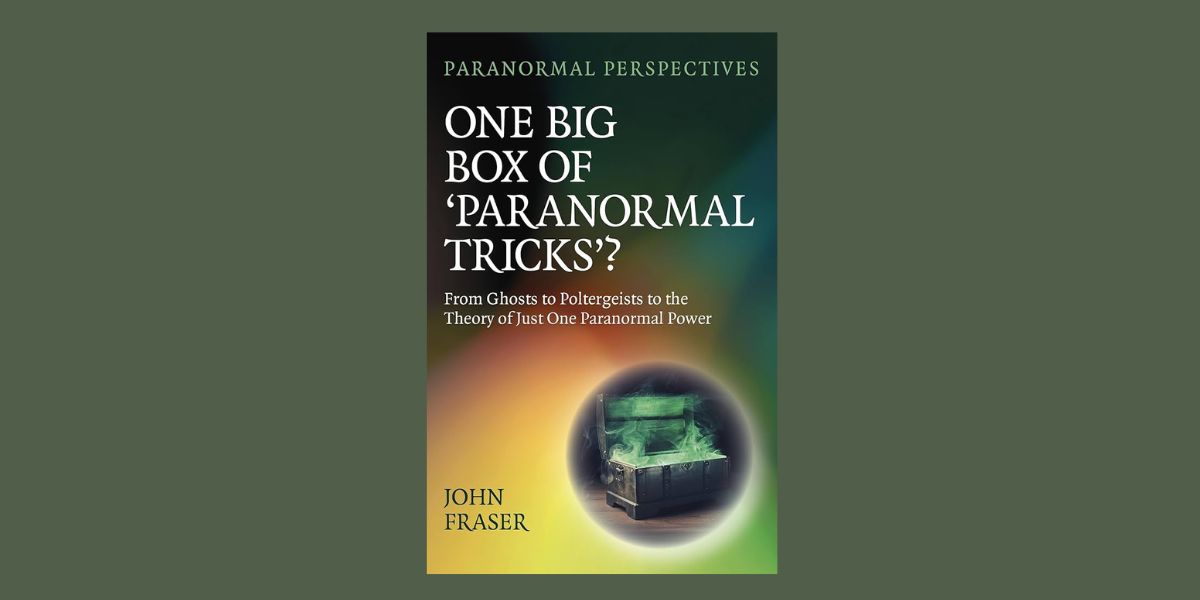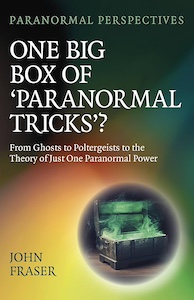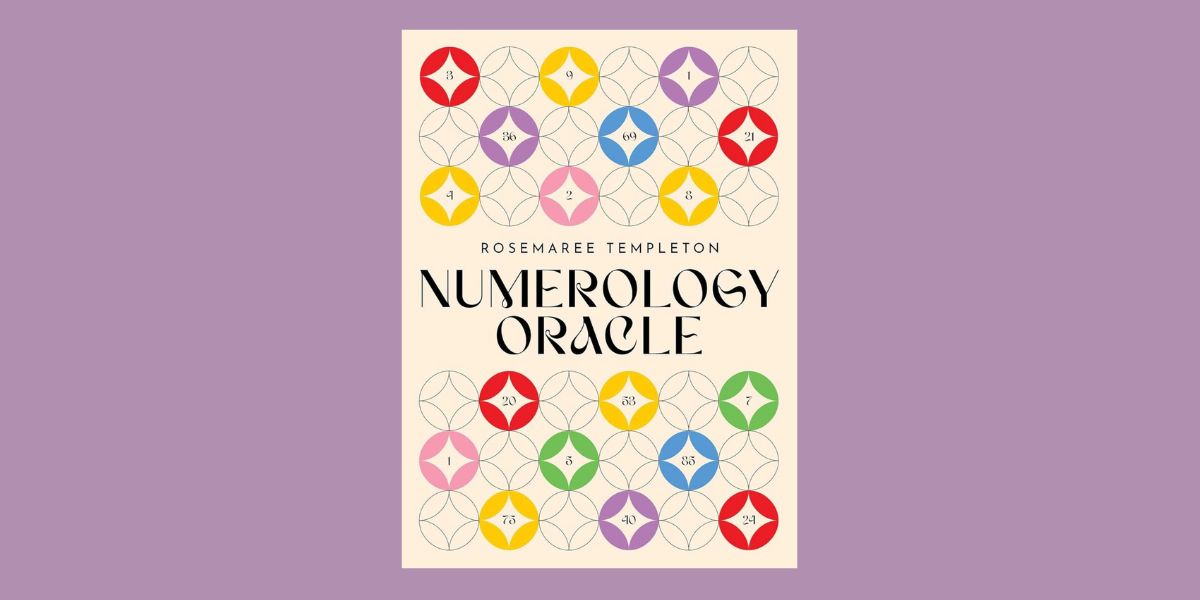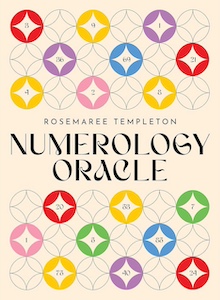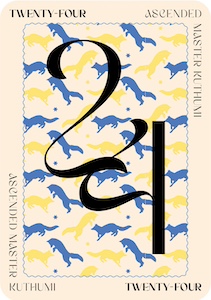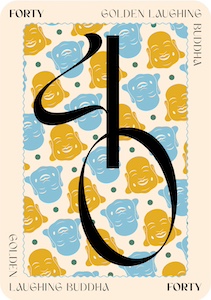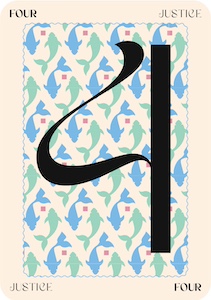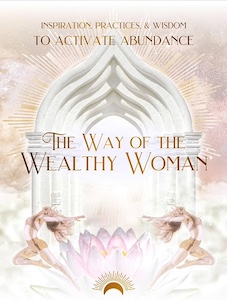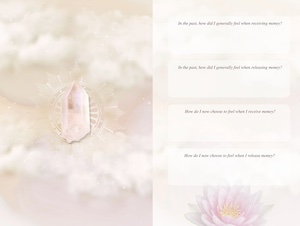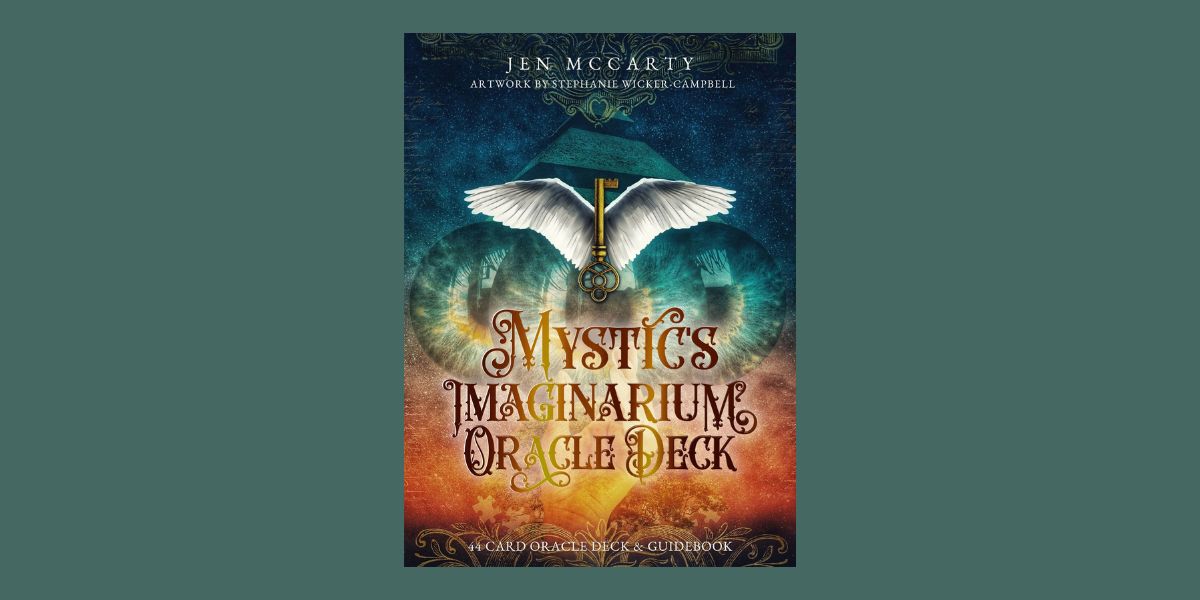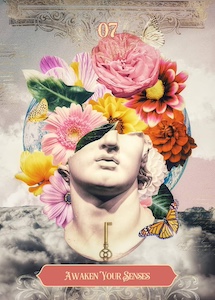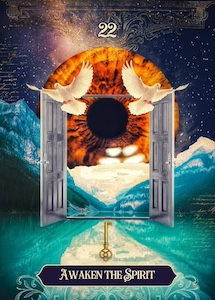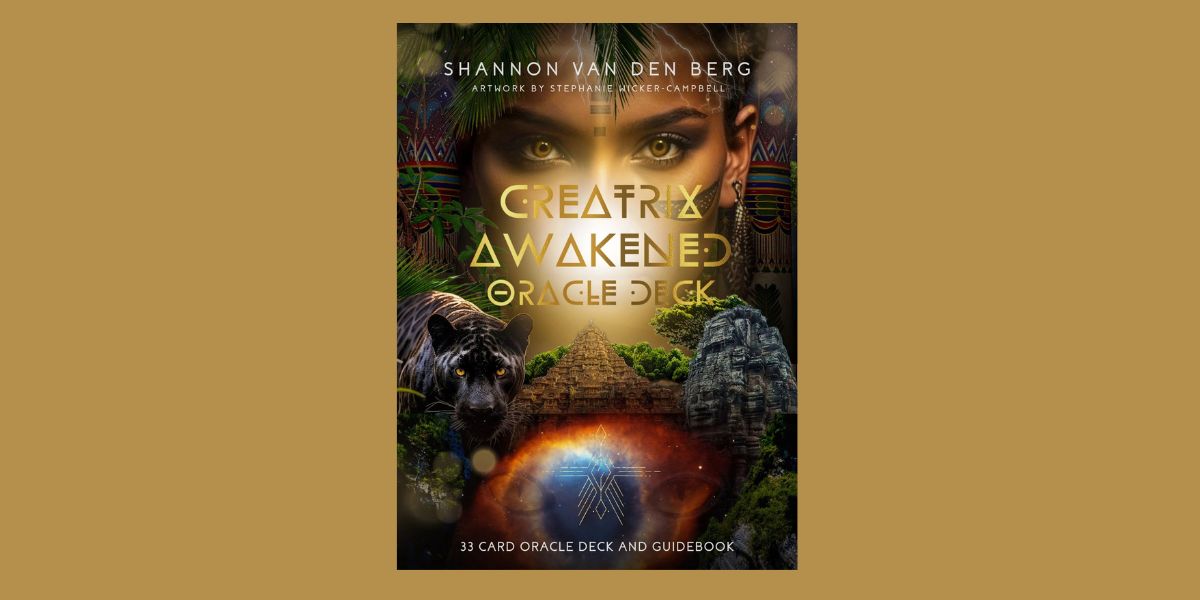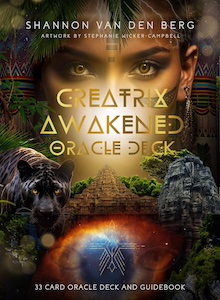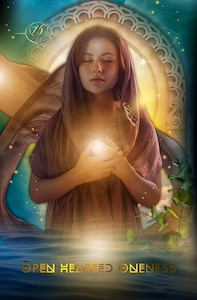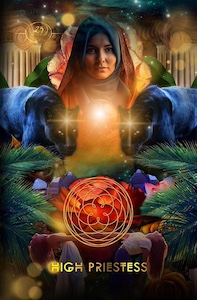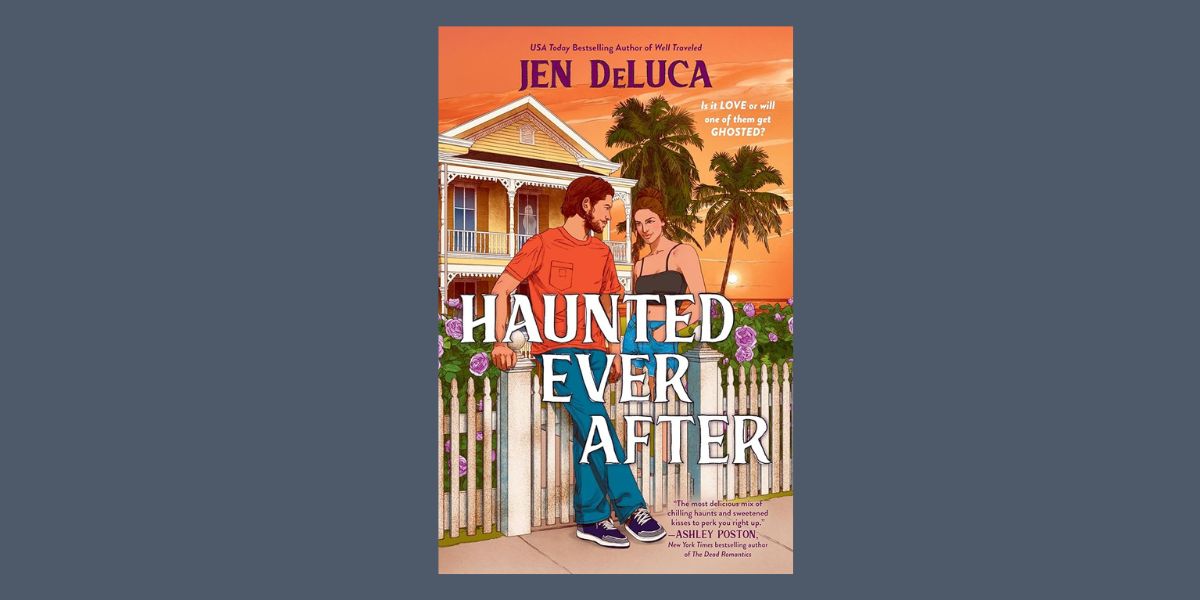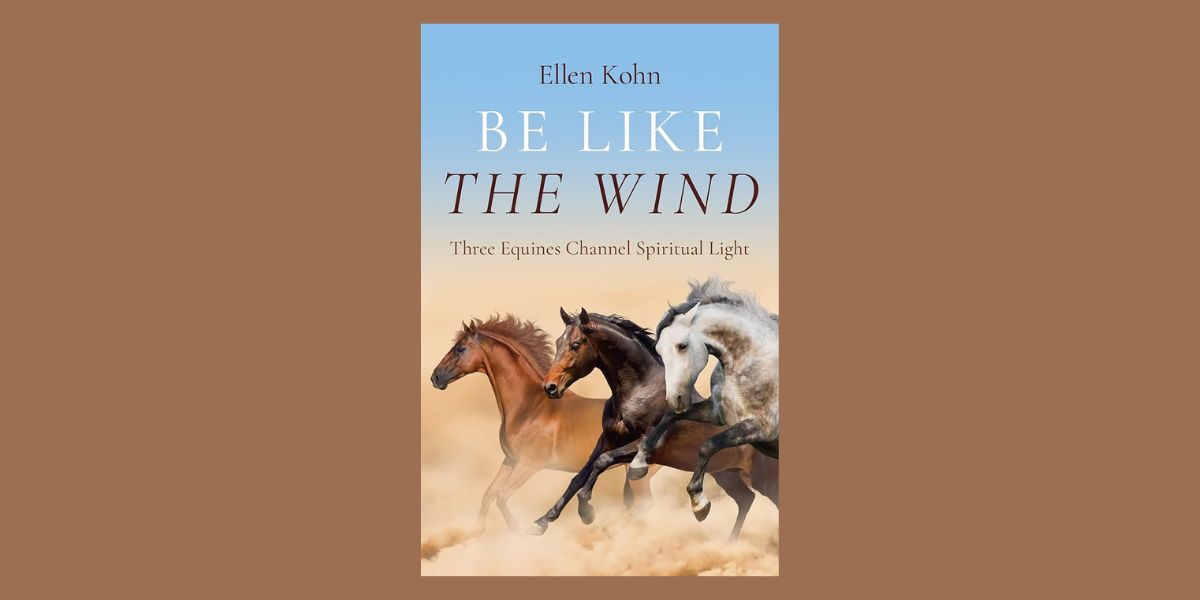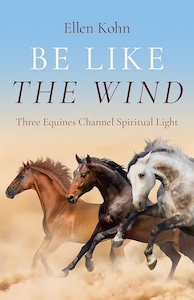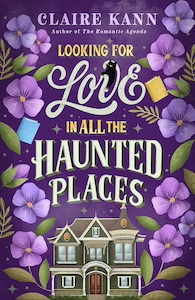
Pagan Portals – Mestra the Shapeshifter: Ancient Heroine of the Sacred Grove, by Dianna Rhyan
Moon Books, 1803415290, 144 pages, November 2024
Dianna Rhyan has re-animated a lesser-known, inspirational woman in Pagan Portals – Mestra the Shapeshifter: Ancient Heroine of the Sacred Grove. Often overshadowed by more famous mythological figures, Mestra was a one-of-a-kind ancient heroine, the only woman to ever figure out how to transform into different beings on her own. In this book, Rhyan opens the door to the world of Mestra through a composition of ancient texts and creative story-telling, highlighting her skills as a shapeshifter, her role within the sacred groves, her ability to defy conventional standards, and ultimately, her happy ending of freedom to come and go as she pleases.
“Mestra represents the outermost and innermost limits of human experience, a fertile capacity for radical change, that is always emergent in our psyche, even if it is something dormant or hidden away.”1
Rhyan’s writing is unique in that it weaves in historical and cultural insights that enrich the reader’s understanding of ancient Greek spirituality as it tells the tale of Mestra. Written like a literary collage, Rhyan uses text from ancient Greek and Latin sources, such as hymns to different deities, Women of Trachis by Sophocles, Metamorphoses by Ovid, and Illiad by Homer, alongside her own improvisation of the texts about Mestra to tell a story attuned to the heart of Greek zeitgeist.
Beyond being a brilliant composition of sources skillfully brought together to create an illuminating narrative, there’s also a sense of cohesion and union reflected in Mestra’s story as a whole. Rhyan shows the many separate parts of a greater whole within Mestra’s story, finding the themes and threads that unite them to give a cohesive insider look at her the forces that shaped her destiny. From the consequences of her greedy father Erysichthon cutting down Demeter’s sacred groove to the trickster suitors who pursued Mestra for marriage, there’s a web of influential forces that Mestra had to outmaneuver with her cunningness.
During a time when women’s roles were very much confined by social structure, her ability to remain in the driver seat of her life was quite a feat. And while this book is about her, Mestra seems to flee in and out of the pages as other aspects of her story offer center stage to her contemporaries. Rhyan explores Zeus’s sacred grove at Dodona, shares stories of other women (Io, Penelope, Ariadne, Arachne, Circe and more) who also mirror Mestra’s tale, and examines what it was like to be a woman of this time.
All the while, Rhyan describes divine presence, the natural beauty of the Earth, and the sensations of transformation with vivid language that makes the reader feel immersed within the story. The sacred grove, a recurring motif in the narrative, serves as both a physical and metaphysical space for readers to explore. Meanwhile, the salty sea becomes her place of refuge and transcendence. The dual natures of land and sea, male and female, human and wild animal, are integrated within Mestra’s polymorphic essence.
Rhyan skillfully brings Mestra’s shapeshifting abilities to life, portraying her as a dynamic character capable of transformation not only in form but also in spirit. This theme of transformation resonates throughout the book, inviting readers to consider the power of change and adaptation in their own lives. This was one of the most stimulating books I’ve read in a while, and there’s even journal questions at the end for readers to further reflect on.
“We have heard of the hero with a thousand faces; she is a heroine who gathers that tradition into her manifold self. . . No longer is she voiceless or shackled or by fate.”2
Overall, Rhyan provides a fresh take on Greek mythology, offering readers a chance to explore a less celebrated heroine in Pagan Portals – Mestra the Shapeshifter. Filled with historical and cultural details that enhance the reader’s understanding of ancient Greek practices and beliefs, Rhyan’s ability to blend storytelling with factual information keeps the reader engaged from start to finish. This is a compelling read for anyone interested in mythology, spirituality, or ancient cultures, as well as those who feel ready for a transformation and seeking the inspiration.
Alanna Kali is an astrologer, numerologist, and pioneer spirit that loves to explore life through the lens of depth psychology. She has a passion for studying the humanities and social trends. Her academic work is centered upon reuniting body, mind, and spirit through eco-psychology. She loves reading, spending time in nature, and travel.

